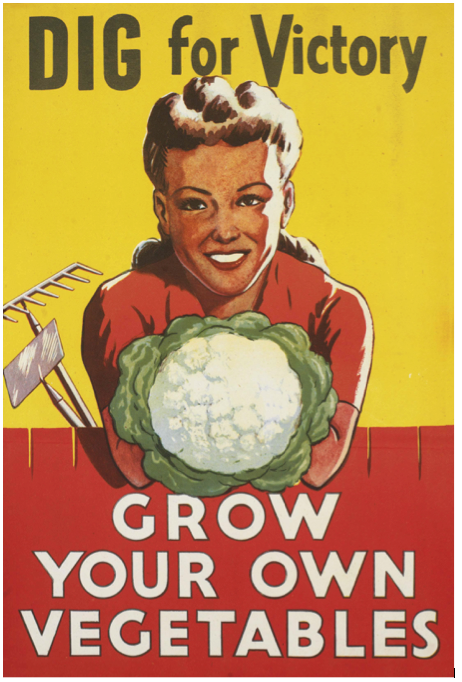Rationing was introduced in January 1940 for bacon, ham, sugar and butter. It was extended` as more commodities became scarce and as prices for them rose: March 1940 – meat; July 1940 – tea, margarine and cooking fat; March 1941 – jam, marmalade, syrup and honey; May 1941 – cheese; July 1942 – chocolate and sweets. When, in June 1942, nearly 3,000 housewives were asked about wartime food rationing, a majority said that they would like to see the system continued in peacetime.
Under rationing Britain’s wartime diet changed substantially. The consumption of vegetables (especially potatoes), milk and brown bread rose, whilst that of meat, fish, fresh eggs, sugar, butter and fats declined. The Ministry of Food and the B.B.C. lectured women on preparing meals in the most economical and nutritious manner and on how to incorporate new commodities into the diet; dried eggs, haricot beans, salt cod and whale meat, for example. Citrus fruits were extremely rare. The odd resident in Scarborough who was fortunate enough to have a lemon posted to them from a relative abroad was treated with considerable envy. It was common for such prized items to be auctioned in aid of a wartime charity. In the summer of 1943 it was considered newsworthy that a shop in Pickering was selling a banana. As is well known, the impact of rationing and the wartime diet on public health during the war was beneficial, especially for babies, schoolchildren and the poor in general. By 1943 infant mortality in Scarborough was unprecedentedly low. Reports on the school medical service in the town in 1944 and 1945 found that there had been no deterioration in nutrition or health during the war.

